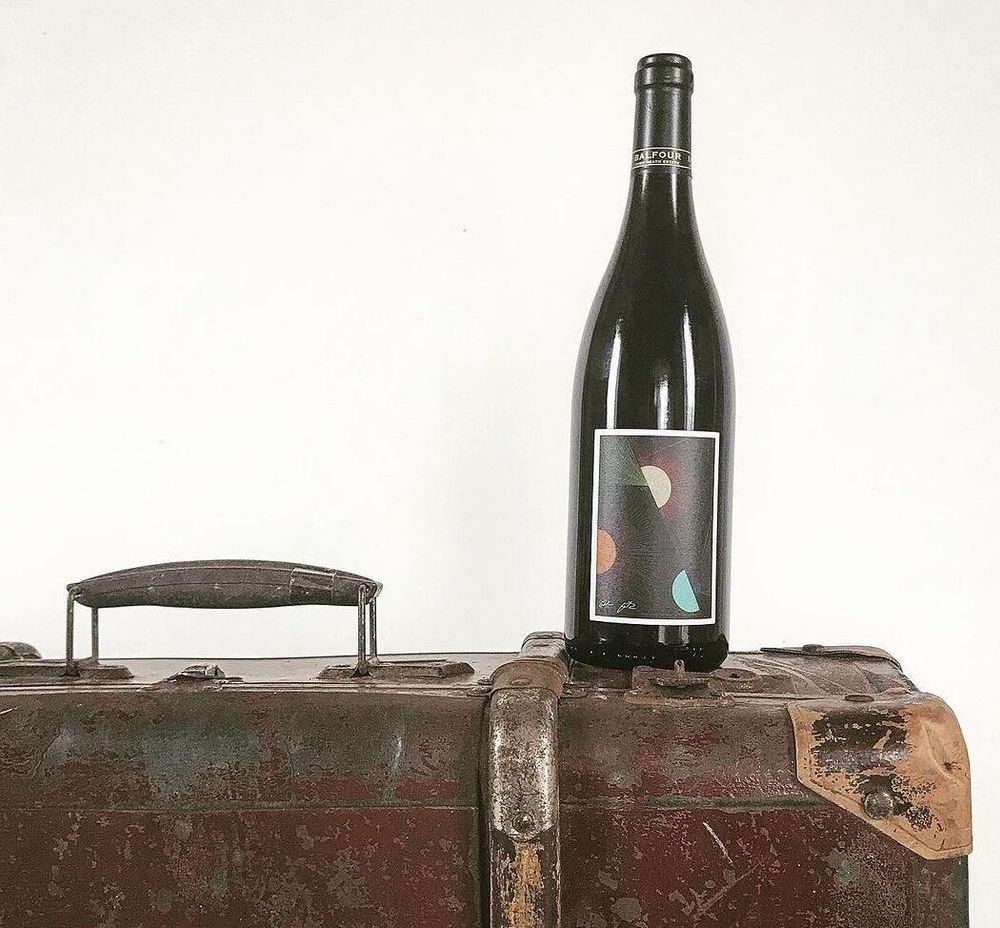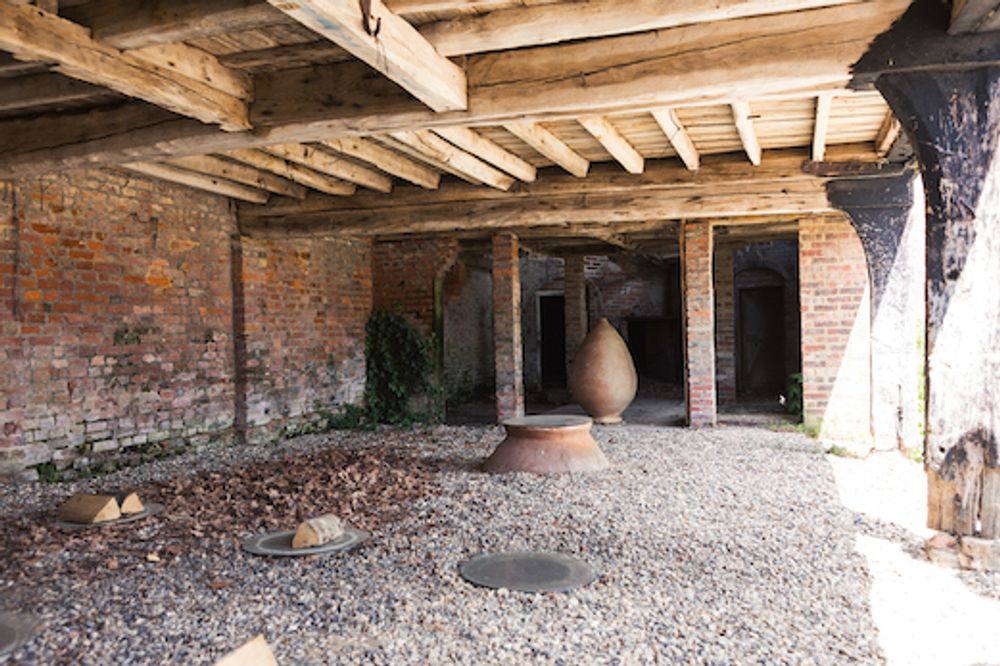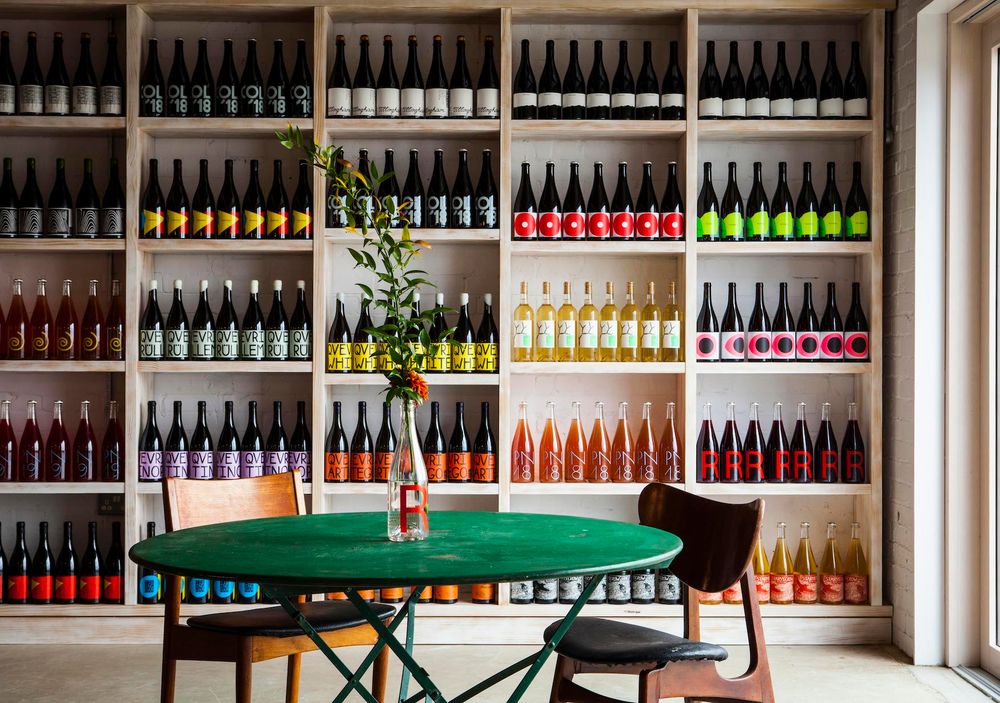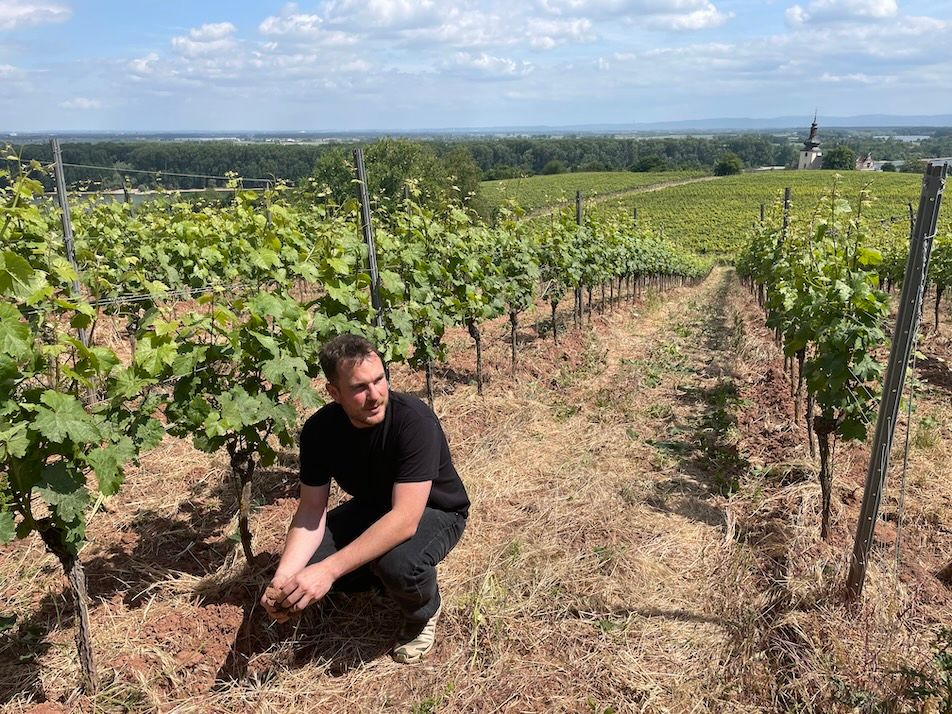“The fact Tillingham is thriving… attests to the growing health of the wider English still wine market, suggesting innovation and a different, sometimes uncompromising approach are all part of its growth and evolution,” writes Keay
At the upcoming Wine GB tasting in London’s Royal Horticultural Halls, most eyes – and palates – will be focused on the sparkling segment. This is probably as it should be because traditional method wines – or as Wine GB would have it, Classic Method – are a rare English success story, with the likes of Nyetimber, Black Chalk and most recently Exton Park, with its three new estate reserve sparklers, all making genuinely world class wines.
Still wines have had less attention, thanks in part to our unpredictable summers – not every year can be like 2018 – and to the difficult quality/price equation, making it hard for producers to make good wine at an attractive enough price for consumers to sit up and take notice. However this is now beginning to change. On a recent trip to East Anglia, I visited Giffords Hall, in Suffolk, one of the UK’s older still producers, and Flint Vineyard, in Norfolk, who in just three years have established an impressive reputation: sample the Bacchus 2019, one of the best expressions of the variety I have tried, and the Silex Blanc 2020, an inventive barrel-fermented blend of Pinot Noir, Gris and Blanc with Bacchus.

However South-East England has been leading the way, following the earlier lead of still-focused estates like Bolney Wine Estate in Sussex. Award-winning benchmark wines like Chapel Down’s Kit’s Coty Chardonnay 2018, winner of the best single varietal wine at Wine GB awards last year and Simpson’s elegant, impressive Derringstone Pinot Meunier 2018 and its Roman Road Chardonnay – now on the 2019 vintage – have set a high bar. However a recent visit to Kent suggests more producers are stepping up to it.
Folc, a fresh and spritzy pink blend of seven different varieties produced by Canterbury-based ‘custom crushers’ Defined Wine and sold in an eye-catching bottle aimed squarely at Millennials, has impressed many with its 2020 vintage. With a retail price of around £16, this “quality wine with a modern mindset” can seriously give Provence rosé a run for its money; very fresh, with suggestions of elderflower and red berry, it’s seriously delicious. And just 11% alcohol.
But there are many other examples. I decided to visit two very different Kent-based producers for whom making high quality and accessible still wine is a priority.
Balfour Wines: ambition and fast-growth in still wine
First off, Hush Heath Estate – the home of Balfour Wines; If you wanted to persuade a non-believer about how far English wine has come in the past decade, this is the sort of place you would bring them. A large, impressive visitor centre-come-shop-come-restaurant welcomes visitors who can then sit out on the terrace or walk around the extensive vineyards and ancient woodlands, all overlooked by the substantial house of founder/owner Richard Balfour-Lynn.

Richard Balfour-Lynn with son Jake
Clearly a place which takes sustainable wine tourism seriously but surprisingly hard to find; driving to what is the heart of the Kent Weald, I’d felt like I was a character in one of those 1970s TV horror serials who drive for hours through endlessly winding lanes only to find themselves back where they started. In my case, a series of wrong turns had my Sat Nav confused and me wondering why, wherever I went, there were always road-signs for Tenterden.
Balfour-Lynn, a real estate tycoon before he started Hush Heath in 2002, sympathised.
“It’s true we’re slap in the middle of nowhere. But you wouldn’t believe how busy we get here with visitors wanting to taste, eat some lunch or simply walk around. Weekends in particular we’re completely packed.”
And with good reason. Balfour Wines have won several awards – not least its debut 2004 sparkling rose – and now operates three local pubs as well as making some great beer. Their range of sparkling wine is wide and impressive, including the pale salmon pink Brut Rose 2017, the estate’s flagship, and the delicious single estate Blanc de Noir 2018 made with 76% Pinot Noir and 24% Pinot Meunier.
But it’s the still wine I’m here for. It constitutes a growing ratio of the estimated 300,000 bottles this 160 hectare estate now produces each year – with the on-trade business sitting alongside the off-trade, where Tesco and Majestic are amongst the big distributors. Today, still wine is seen as one of the most important segments of the business.

Father and son winemakers – Fergus and Owen Elias (l-r)
After a brief wander through the vineyards, winemaker Fergus Elias took me through the core range. This includes the delicious Nanette’s Rose, a moreish picnic wine made from Pinot Noir, Pinot Gris, Chardonnay and 40% Regent, a hardy variety that does well here; the just-bottled, surprisingly big, juicy and fruit forward Luke’s Pinot 2020; the very full but unoaked Skye’s Chardonnay 2019, whose distinctive and unusual style probably owes something to the presence of two rare Champagne grapes Arbon and Petit Meslier in the wine and the partially oaked Springfield Chardonnay 2018. My favourite of the regular line-up is the screw-cap Liberty Bacchus 2019, a deliciously moreish, elderflower and peach-driven fresh wine that ranks amongst the best expressions of this variety I’ve tried this year. Lightly oaked, made using cultured and wild yeasts, this is a spicy and surprisingly complex wine, and good value at around £17 a bottle.
“In trying to build up our portfolio we think it’s important to keep under the £20 price point,” says Elias, admitting that off-trade consumers still have problems with paying more than this for still wine, when that sum can buy you two pretty decent wines from, say Argentina or Italy (sparkling wine is seen as a different category and one able to sustain a higher price point).

In the 1960s Dijon 828 and 777 Pinot Noir clones were allegedly wrapped in damp clothing and illegally smuggled from top Burgundy vineyards into the US and have ever since been affectionately known as the ‘Suitcase’ clones.
Elias, a big fan of experimentation, has not been content to stay with the core range although this will remain at the heart of the offering. He also makes one-off wines under the Winemakers Collection label which recently include the Suitcase Pinot Noir 2018, a very Burgundian style made using clones Dijon 828 and 777 grown on Balfour’s prime Foxridge vineyard – free run juice goes through malo after the grapes are de-stemmed and lightly crushed, with light oaking making this an impressive, well balanced wine. The white This Septered Isle 2018, made with all seven legal Champagne varieties – hence Sept in French – is another success; great length, zesty acidity and complexity, this is one of the more unusual English wines I have tasted. In a good way, of course.
With Elias planning to bottle Albariño this year, and Aligote and Gamay also planted, expect more surprises from this ambitious and fast-growing winery.
Tillingham Wines: natural wines with a capital N
Twenty actual miles from Balfour Wines – but several hundred in terms of style and approach – is Tillingham Wines, a relative newcomer to the English wine scene located just inside East Sussex (OK, not quite Kent but within GB Wines’s defined South-East region). In contrast to Balfour’s smooth professionalism, Tillingham is all edgy inventiveness, a hipster’s choice whose organic and natural wines are distributed by Les Caves de Pyrene (natch): Les Caves’ Doug Wregg has worked closely with Tillingham since the start according to ownwer/winemaker Ben Walgate. Also key to the winery’s success are a pizza oven, homemade ice cream and 11 rooms overlooking vineyards across to nearby Rye and the Romney Marshes: the place is regularly featured as one of the UK’s best wineries for oeno-tourism, which has helped buttress a much-needed income stream.

Ben Walgate
Owner/winemaker Ben Walgate seems busy which is unsurprising given that of his winery’s 30,000 bottles a year he typically makes some 24 different wines, although the two estate wines only made an appearance this year, produced by the local Peasemarsh vineyard planted in 2018. These first Domaine wines Field Blend 1 – a white mix of six varieties – and Field Blend 2, a pink mix of six, were shown in London this July, a major trade step for the winery.
“Covid gave us a chance to reset, sit back and think about what it really was we wanted to do. We’d been running around like crazy,” he said.
The big take-away is that Tillingham Wines is very much a working farm with vineyards alongside, the pigs, goats and other animals all underscoring Walgate’s desire to follow a sustainable approach. There is experimentation here aplenty – including Georgian style quevri even though Walgate admits he’s never been there before – with the underlying ambition biodynamic, prompted by the desire to maintain soils at maximum health and promote ecological biodiversity. But this is very much still a work in progress with a lot of work to be done. So what are the wines like?

Tillingham’s Georgian-style qvevri
I tried three of what Walgate calls the regular still line-up, two 2020 Pinots – Pinot Noir Oaked 2020 and Pinot Noir Unoaked 2020 (aged in concrete) – and the Endgrain 2019, a 10% abv blend of four varieties. Both the Pinots were light in colour and texture, checking in at just 11% abv and frankly too young: bottle age will improve each although the warm soft tannins and zesty acidity suggest good long term potential. The Endgrain is more developed with interest heightened by the four varieties used and the different vinification methods used for each: Ortega, which is crushed and de-stemmed, going into stainless steel for fermentation before going into oak for one month and concrete vat for six. Bacchus is fermented in stainless steel alone and part with Madeleine Angevine in oak, whilst tiny amounts of whole bunch Müller-Thurgau are pressed before being fermented in stainless steel. The wine is made with wild ferment with minimal sulphur added and is unfiltered, hence the cloudy appearance.
The truth is that a lot of consumers just won’t get Tillingham Wines: natural wines aren’t always an easy sell and tend not to be cheap, and that is certainly the case here: the Pinots are £37 each, according to Tillingham’s website, and the Endgrain £30. These are natural wines with a capital N and proud of it. But the fact Tillingham is thriving, with an apparent new sense of direction, whilst attracting a growing customer base, is encouraging. It attests to the growing health of the wider English still wine market, suggesting innovation and a different, sometimes uncompromising approach are all part of its growth and evolution.

Tillingham’s thoroughly modern-looking portfolio
And as English winemaking expertise evolves, so are local tastes. The just-released Litmus Orange Bacchus 2020 is proof. From what was UK-wide a tricky vintage (who’d trust a British summer) in collaboration with Denbies Wine Estate, John Worontschak has created what I think is the best vintage yet of this new English classic. The grapes were fermented and then remained on the skins for 18 weeks to create a moreish and rounded wine suggesting marzipan, hazelnut and herbs on the nose and palate. This is a delicious wine – and uncompromisingly English.
As visitors to the GB Wines tasting in September will see, the future for English – and Welsh – wine looks very bright. And increasingly, still.









































